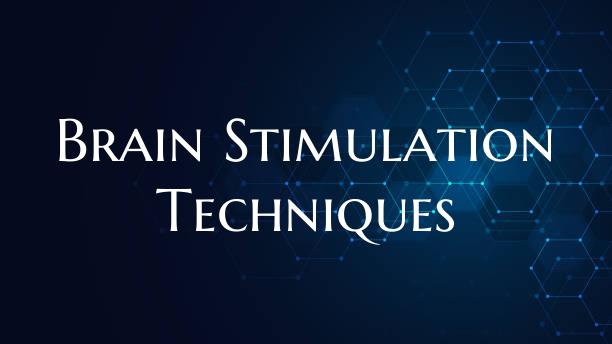
Brain Stimulation Techniques
Introduction: Brain stimulation techniques have garnered increasing interest in the field of cognitive enhancement. By directly influencing neural activity, these techniques offer promising possibilities for improving various cognitive functions. This article explores the different brain stimulation methods, their mechanisms, and potential applications in enhancing cognitive performance.
1. Transcranial Magnetic Stimulation (TMS): Transcranial Magnetic Stimulation is a non-invasive technique that uses magnetic fields to stimulate specific brain regions. By inducing electrical currents in targeted areas, TMS can modulate neuronal activity and facilitate cognitive processes such as memory, attention, and decision-making. Studies have shown promising results in using TMS to enhance working memory and cognitive flexibility.
2. Transcranial Direct Current Stimulation (tDCS): Transcranial Direct Current Stimulation involves applying a low, direct current to the scalp to modulate brain activity. tDCS is known for its potential to enhance learning and memory by promoting neuroplasticity. By increasing or decreasing cortical excitability, tDCS can improve cognitive functions and may have therapeutic applications in conditions like depression and chronic pain.
3. Deep Brain Stimulation (DBS): Deep Brain Stimulation is a surgical brain stimulation technique that involves implanting electrodes in specific brain regions. DBS is commonly used to treat neurological disorders such as Parkinson's disease and OCD. Recent research has explored the potential of DBS for enhancing cognitive functions like decision-making and attention in non-clinical populations.
4. Neurofeedback: Neurofeedback is a technique that involves real-time monitoring of brain activity through EEG or fMRI and providing feedback to the individual to self-regulate their brain function. By training individuals to modulate their brain waves, neurofeedback can improve attention, focus, and cognitive performance. This technique shows promise in optimizing brain function for peak cognitive abilities.
Conclusion: Brain stimulation techniques hold significant potential for enhancing cognitive performance across various domains. From non-invasive methods like TMS and tDCS to surgical interventions like DBS, these techniques offer tailored approaches to modulate neural activity and improve cognitive functions. As research in this field progresses, brain stimulation techniques may play a pivotal role in unlocking the full potential of the human brain for cognitive enhancement.